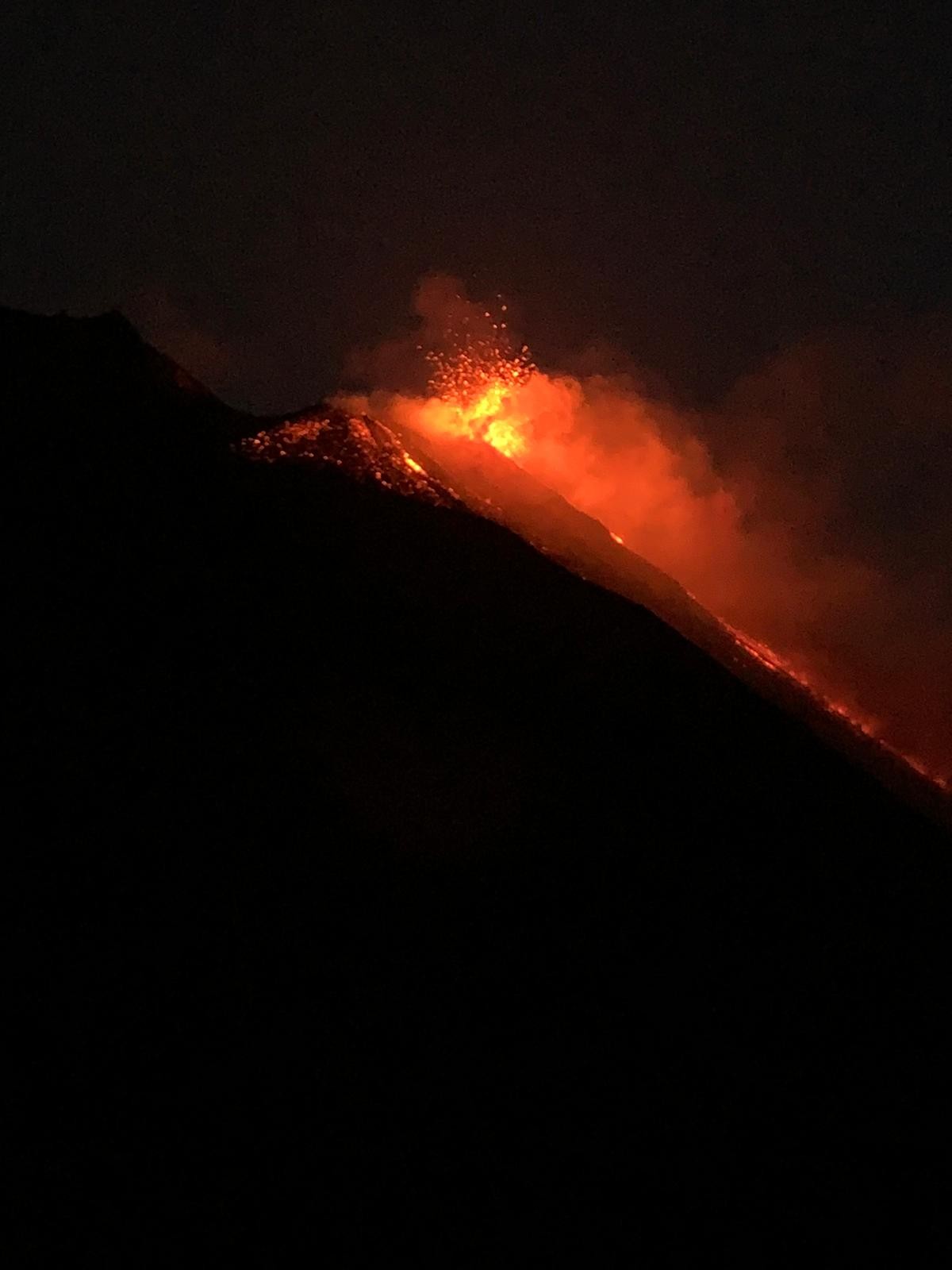At Stromboli volcano, the ordinary activity with explosions that eject ballistics up to a few hundred meters high alternates with more hazardous activities, including lava flows and major or paroxysmal explosions with eruption plumes up to several kilometers high. In historical records and recent cases from 2002 to 2019, changes in the ordinary activity heralded the onset of eruptive crises that included hazardous events. So far, precursory changes in the ordinary activity have been documented mainly concerning the frequency, intensity, and source location of the explosions, as recorded by the continuous visual and geophysical monitoring network. However, also magma properties, conduit geometry, and their relationship with the explosion dynamics are relevant aspects of the ordinary activity, but have only been investigated spottly, despite their potential for answering key questions such as: what changes in the shallow plumbing system anticipate paroxysmal explosions and lava flows? And on what time scales?
Characterization of ash particles emitted at Stromboli during ordinary activity highlighted that when the intensity of the explosions increases, the fragmented material becomes more fluidal and glassy with respect to periods of low-intensity activity characterized by the emission of both fluidal and dense, blocky clasts. This is related to the mechanisms of magma fragmentation, which are influenced by the physical and chemical properties of the magma (or the arrival of new one) and its ascent rate/flux. In turn, changes in magma level and explosion rates control the morphological evolution of the crater terrace. Fully exploring the ordinary activity requires the integration of data from different sources, in order to obtain objective and measurable parameters to be considered in the definition of the ordinary activity. Such a definition is required to identify the prodromes of a transition to more hazardous activity.
The overarching goal of this project is to push forward our understanding of the ordinary activity and its nexus with the more hazardous activity styles. Three key approaches will be pursued: 1) physical characterization and modeling of the explosive activity and degassing; 2) textural and petrochemical studies of the erupted products; 3) morphological analysis of the crater terrace and surroundings. For each and all of the approaches, new methodologies will be developed and applied. Key to the success of the project will be the collection of integrated high spatial and temporal resolution data from all approaches and their joint analyses in a shared database. The appropriate time scales of the precursory changes will be explored by performing systematic data collections at the days-months scale, integrated with intensive data collection campaigns of continuous acquisition through semi-automated and safe procedures.
WP1. Physical and chemical parameterization of the explosive activity
WP2. Textural and petrochemical studies of the eruption products
WP3 Morphological changes and remote observation of volcanic activity
WP4 Data management plan


